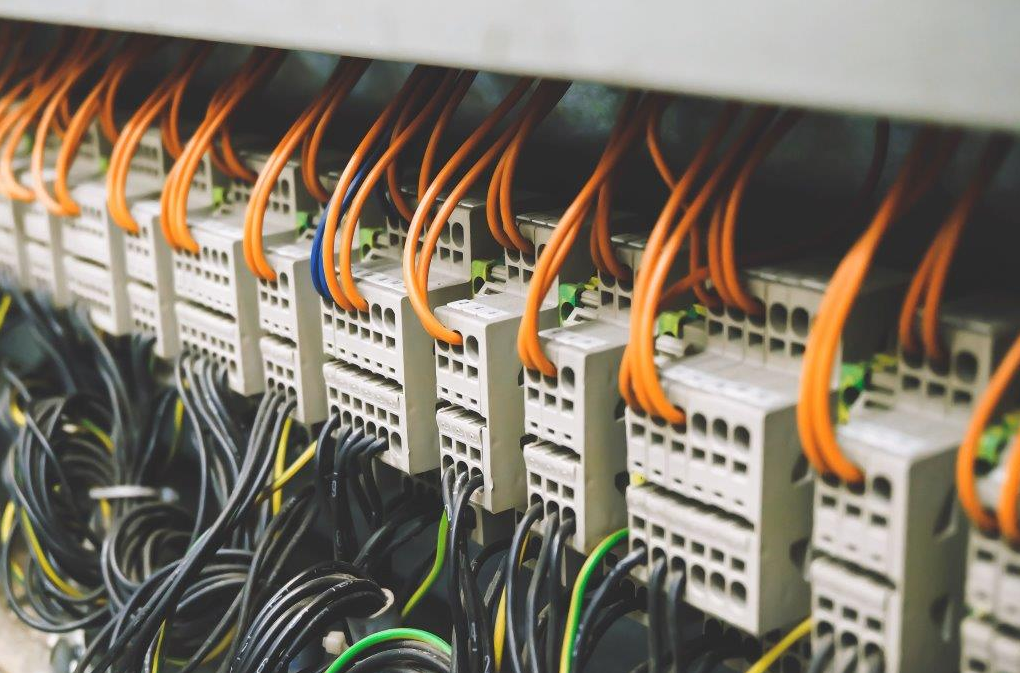Auto-Negotiation in Networking: Ensuring Seamless Communication
Modern networks must handle devices with varied capabilities. Auto-negotiation helps these devices communicate without manual configuration. It ensures optimal speed, duplex mode, and flow control settings.
The Need for Auto-Negotiation
Ethernet devices often differ in supported speeds and modes. For example, a 10 Mbps device may connect to a 100 Mbps device. Without coordination, mismatches cause data loss or degraded performance.
Auto-negotiation solves this. It lets devices detect each other's capabilities and agree on the best shared settings. This avoids underutilization, overload, and the need for manual configuration.
How Auto-Negotiation Works
When two devices connect, they exchange capability information. Each device advertises its speed and duplex options. They then agree on the highest common performance level.
The process selects the best shared setting, typically:
-
Highest shared speed
-
Full-duplex over half-duplex, if both support it
This coordination ensures smooth data exchange and reduces packet loss.
Fast Link Pulses (FLP): The Core Mechanism
Auto-negotiation relies on Fast Link Pulses (FLP). These are coded electrical signals used to transmit device capabilities.
How FLP Works:
-
When a connection is made, each device sends bursts of FLP signals
-
Each burst contains a 16-bit word encoding the device's supported settings
-
The receiving device interprets the FLP and compares it with its own capabilities
-
Once both devices agree, the link is established
FLP ensures that communication only starts when both devices share a common configuration.
Key Parameters in Auto-Negotiation
Speed
Defines the data transmission rate. Devices negotiate the highest supported mutual speed, such as 10/100/1000 Mbps.
Duplex Mode
-
Full-duplex: Send and receive simultaneously
-
Half-duplex: Send or receive, but not both at once
Auto-negotiation always prefers full-duplex if both devices support it.
Flow Control
Ensures that devices can handle traffic loads without data loss. It signals when to pause data transmission to prevent overflow.
Master-Slave Configuration
In Gigabit Ethernet and above, auto-negotiation may assign roles. One device becomes the master (controls timing), the other the slave.
These parameters ensure stability, performance, and data integrity in dynamic environments.
Importance of Acknowledgment
Auto-negotiation completes only when both devices acknowledge the settings. If acknowledgment fails or settings mismatch, the link does not activate.
This handshake mechanism guarantees that devices are synchronized before communication begins.
Conclusion
Auto-negotiation simplifies and optimizes network communication. It eliminates manual setup, prevents errors, and ensures compatibility between devices.
By using Fast Link Pulses and robust acknowledgment processes, auto-negotiation:
-
Ensures smooth communication
-
Adjusts to different hardware capabilities
-
Improves reliability in modern networks
It remains an essential feature in Ethernet and industrial networking, enabling seamless, efficient, and error-free device communication.

